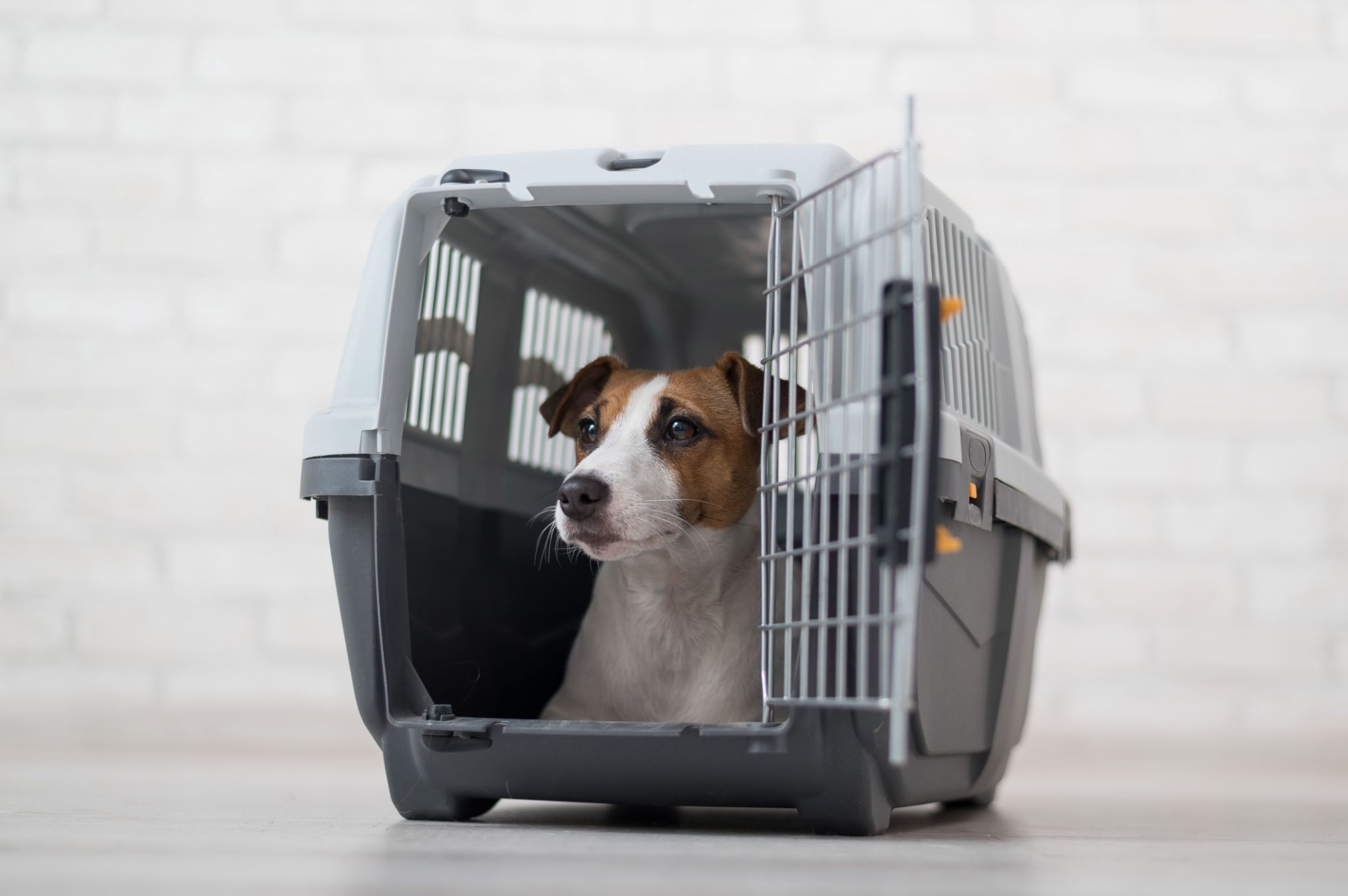Debunking Common Myths About Pet Air Travel
Introduction to Pet Air Travel Myths
Traveling with pets can be a daunting experience, especially when it involves air travel. Many pet owners are hesitant to fly with their furry friends due to numerous myths and misconceptions. In this blog post, we'll debunk some common myths about pet air travel to help you make informed decisions and ensure a safe journey for your beloved pet.
Myth 1: Pets Are Not Safe in Cargo
One of the most prevalent myths is that pets are not safe when traveling in the cargo hold of an airplane. While it's natural to be concerned about your pet's safety, airlines have stringent regulations and procedures in place to ensure the well-being of animals during flights. The cargo hold is temperature-controlled and pressurized, similar to the passenger cabin.
Moreover, airlines work closely with organizations like the International Air Transport Association (IATA) to adhere to strict guidelines for animal transport. To ease your concerns, always choose a reputable airline with a good track record of pet safety.

Myth 2: Sedating Pets is Necessary
Many pet owners believe that sedating their pets is necessary to keep them calm during flights. However, this is not recommended by veterinarians or airlines. Sedatives can lower your pet's blood pressure and make it difficult for them to regulate their body temperature, which can be dangerous during a flight.
Instead of sedating your pet, focus on preparing them for travel by familiarizing them with their carrier and ensuring they are comfortable with being confined for extended periods. Providing comfort items like a favorite blanket or toy can also help ease their anxiety.
Myth 3: All Breeds Can Fly
While most pets can fly safely, certain breeds are more susceptible to health issues during air travel. Flat-nosed breeds, such as Bulldogs and Persians, are prone to breathing difficulties due to their unique facial structure. These breeds may face higher risks during flights, especially in the cargo hold.
If you own a brachycephalic breed, consult your veterinarian before booking a flight. Some airlines have specific restrictions for these breeds to ensure their safety. Always prioritize your pet's health and choose the best travel option for them.

Preparing Your Pet for Air Travel
Proper preparation is key to ensuring a smooth journey for your pet. Begin by purchasing an airline-approved carrier that provides adequate ventilation and space for your pet to move comfortably. Ensure your pet is familiar with the carrier well in advance of your travel date.
Additionally, schedule a visit to your veterinarian to obtain a health certificate and discuss any potential health concerns. Make sure your pet is up-to-date on vaccinations and has identification tags on their collar.
Myth 4: Pets Can't Travel Internationally
Another misconception is that pets cannot travel internationally. While international travel with pets does require additional planning and paperwork, it is entirely possible. Each country has its own set of regulations regarding pet entry, including quarantine periods, vaccinations, and health certificates.
Research the requirements for your destination well in advance and ensure you have all necessary documentation. Working with a pet relocation service can simplify the process and ensure compliance with all regulations.

Conclusion: Ensuring Safe Pet Travel
Debunking these common myths about pet air travel can help alleviate concerns and open up opportunities for adventure with your furry companion. By choosing the right airline, preparing adequately, and understanding the specific needs of your pet, you can ensure a safe and pleasant journey for both you and your pet.
Remember, knowledge is power. The more informed you are about pet air travel, the better equipped you'll be to make decisions that prioritize your pet's safety and comfort.